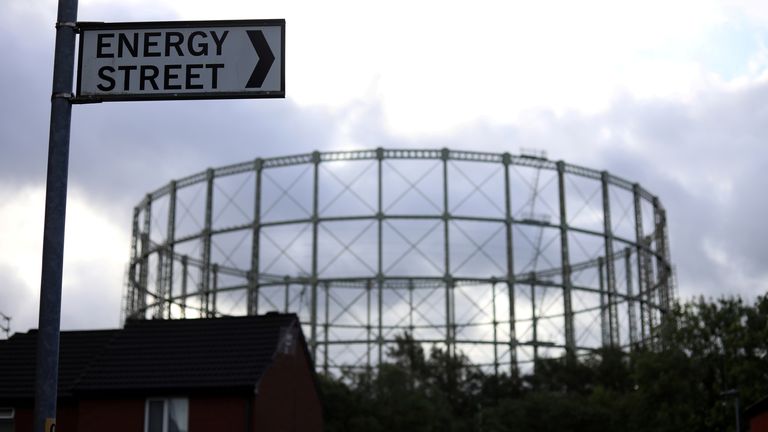
There is slightly weaselly journalistic trick people like me occasionally deploy when we know something is coming soon, but we have no idea quite how soon.
It is to use phrases like “the coming months”.
If that thing we think will soon happen takes place next month then lo and behold we suddenly look remarkably prescient. Ditto if it happens in two or three months. If it happens 11 months later, well… that’s still “months”, isn’t it?
Central bankers are not journalists; they are a very different species, schooled in economic policy and trained to talk in mysterious jargon rather than coherent sentences.
Yet today the Bank of England has stolen this trick from the journalistic playbook in an effort to try to answer one of the big questions of the moment: why is it predicting one of the biggest rises in inflation in monetary policy committee history but continuing to sit on its hands?
The question is not exactly trivial. The Bank’s primary task is to keep the consumer price index (CPI) measure of inflation as close as possible to 2%.
If it misses that target by a percentage point in either direction it is duty bound to write a letter of explanation to the chancellor explaining why it has failed to keep it on target.
That the Bank is expecting inflation to rise not just above this threshold (it is already at 3.1%) but to rise another two percentage points on top of it, is a remarkable state of affairs.
That it voted, quite conclusively, to leave borrowing costs on hold in its rate-setting meeting this week is all the more, shall we say, incongruent.
That the Bank has done so in the wake of a number of what most observers construed as tactical signals that it would soon increase rates is yet more striking.
Only a few weeks ago (that’s another journalistic trick we use, by the way, when we’re not sure of the precise date of something) the Bank’s governor, Andrew Bailey, declared that he would soon “have to act” to bring down higher prices.
All of which is why up until the Bank’s decision was announced at noon, so many investors were betting on action today.
Now, I don’t expect you to feel sorry for them, but it is worth pondering why we’re in this situation: with the Bank dropping vague hints all over the place, and now deploying journalistic tricks to try to anchor our expectations.
For the backdrop to all of this is that the world is facing a remarkable – possibly unprecedented – situation, with supply chains across the globe struggling to fulfil orders and shortages of goods becoming rife.
At the same time, energy prices have gone through the roof. This all has a serious bearing on prices: it’s down to these factors that inflation is so high now and expected to be even higher in the coming months (that phrase again).
The intriguing thing, though, is that while we are mostly focused on the fact that price pressures are mostly heading upwards right now, it’s quite possible that come the end of next year, things look very different indeed.
That is the message from one of the prominent bits of research in the Bank’s Monetary Policy Report today: that if energy prices follow the “forward curve” implied by markets, inflation could actually be well below the 2% target next year.
In other words, it’s not quite as easy a decision as you might have assumed.
The big story, however, is that prices are rising and people are starting to notice. And the more people notice, the bigger the chance of an inflationary spiral, where prices and wages rise even higher, while growth disappoints.
This toxic brew, better known as stagflation, was the very economic problem that haunted the world in the 1970s and ultimately led to the creation of independent central banks like the modern Bank of England.
So these gestures and these phrases matter. The “coming months” promise to be very interesting indeed.








More Stories
Unlock Your Journey to Intelligent Wealth Management
Inspiring Change: Michael Bates Path to Entrepreneurship and Giving Back
Climate Token YES WORLD is now available for trading on top crypto change LaToken